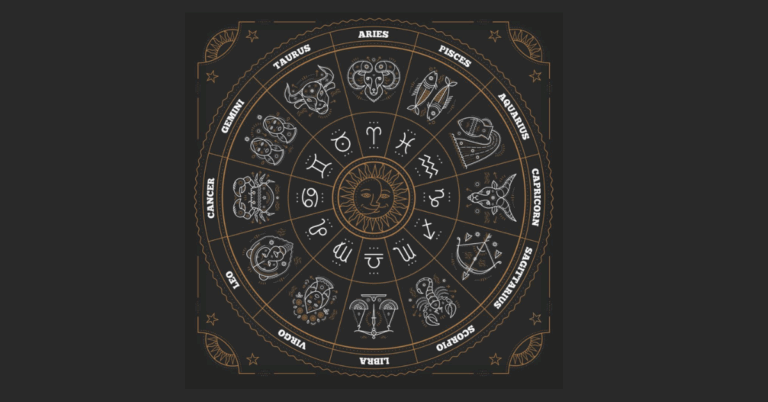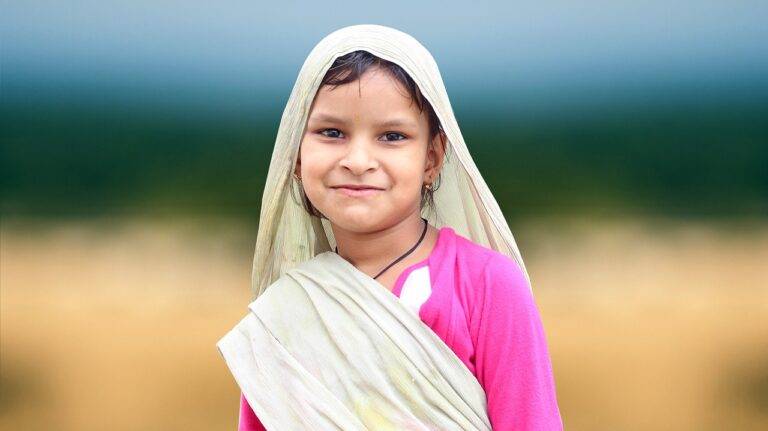Exploring Cultural Diversity Through Fashion: Traditional Garments and Contemporary Trends
As we delve into the world of traditional garments, a rich tapestry of history and cultural significance unfolds before us. These garments have long served as more than just items of clothing; they are symbols of heritage, values, and identity. Passed down through generations, each garment tells a story of a community’s traditions and beliefs, reflecting the intricacies of their cultural tapestry.
The intricate details and unique designs woven into traditional garments serve as a visual representation of the customs and beliefs of a particular culture. From the vibrant colors of Indian sarees to the intricate embroidery of Chinese cheongsams, each garment is a testament to the creativity and craftsmanship of generations past. In a world where fast fashion dominates, traditional garments stand as a testament to the rich and diverse cultural heritage of different communities around the globe.
Evolution of Traditional Garments: From Ancient Times to Modern Fashion
Traditional garments have played a significant role in shaping cultures and societies throughout history. From early civilizations to modern times, these garments have not only served as a form of clothing but also as a symbol of identity, tradition, and heritage. The evolution of traditional garments can be traced back to ancient civilizations, where clothing was not just a means of protection from the elements but also a reflection of social status and cultural beliefs.
As time progressed, traditional garments underwent various transformations, influenced by factors such as migration, trade, and globalization. The blending of different cultures and the exchange of ideas led to the creation of unique and diverse clothing styles. In the contemporary world, traditional garments continue to hold significance, not only as a connection to one’s roots but also as a form of artistic expression and cultural appreciation in the ever-changing landscape of fashion.
• Traditional garments have been a symbol of identity and heritage throughout history
• Evolution of traditional garments can be traced back to ancient civilizations
• Influenced by factors such as migration, trade, and globalization
• Blending of different cultures led to the creation of unique clothing styles
• Traditional garments continue to hold significance in modern fashion as a form of artistic expression
The Influence of Cultural Diversity on Contemporary Fashion Trends
In today’s globalized world, cultural diversity plays a pivotal role in shaping contemporary fashion trends. The intertwining of various cultural elements has led to a rich tapestry of styles and designs that reflect the melting pot of influences from around the world. Fashion designers are increasingly drawing inspiration from different cultures, incorporating traditional textiles, patterns, and techniques into their collections.
Moreover, the rise of social media and online platforms has made it easier for individuals to explore and embrace diverse cultural aesthetics. As a result, there has been a growing appreciation for traditional garments and accessories from various regions, fueling a demand for ethically sourced and culturally authentic fashion. This celebration of diversity in the fashion industry not only promotes cultural understanding but also creates opportunities for collaboration and innovation among designers of different backgrounds.
How has traditional garments influenced contemporary fashion trends?
Traditional garments have played a significant role in shaping contemporary fashion trends by incorporating unique cultural elements and designs into modern clothing styles.
What is the importance of understanding the history and cultural significance of traditional garments?
Understanding the history and cultural significance of traditional garments helps us appreciate the rich heritage and diversity of different cultures, and allows us to incorporate these elements respectfully into modern fashion.
How has the evolution of traditional garments impacted modern fashion?
The evolution of traditional garments has inspired designers to create innovative and diverse fashion trends that reflect a fusion of cultural influences from around the world.
Why is cultural diversity essential in the fashion industry?
Cultural diversity in the fashion industry promotes inclusivity, creativity, and a deeper appreciation for different cultural traditions and styles. It allows for a more diverse representation of global fashion trends.
How can individuals incorporate cultural diversity into their personal style?
Individuals can incorporate cultural diversity into their personal style by experimenting with different traditional garments, prints, and accessories from various cultures, while also being mindful and respectful of their origins and meanings.







